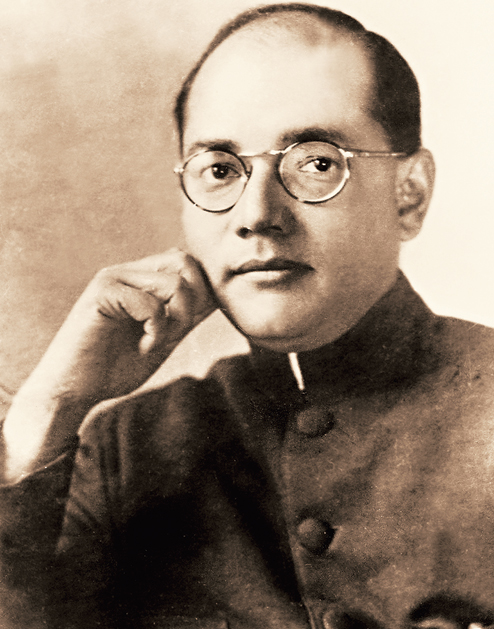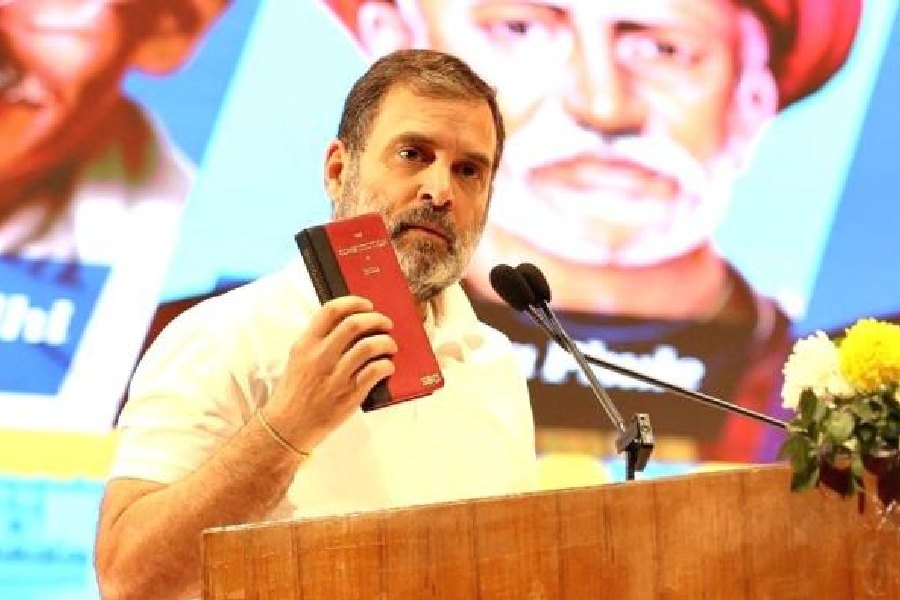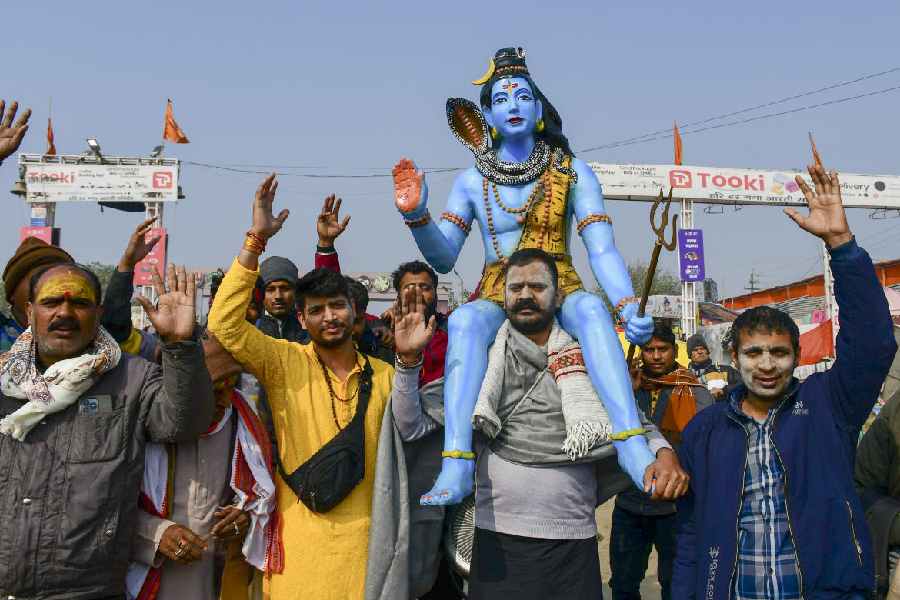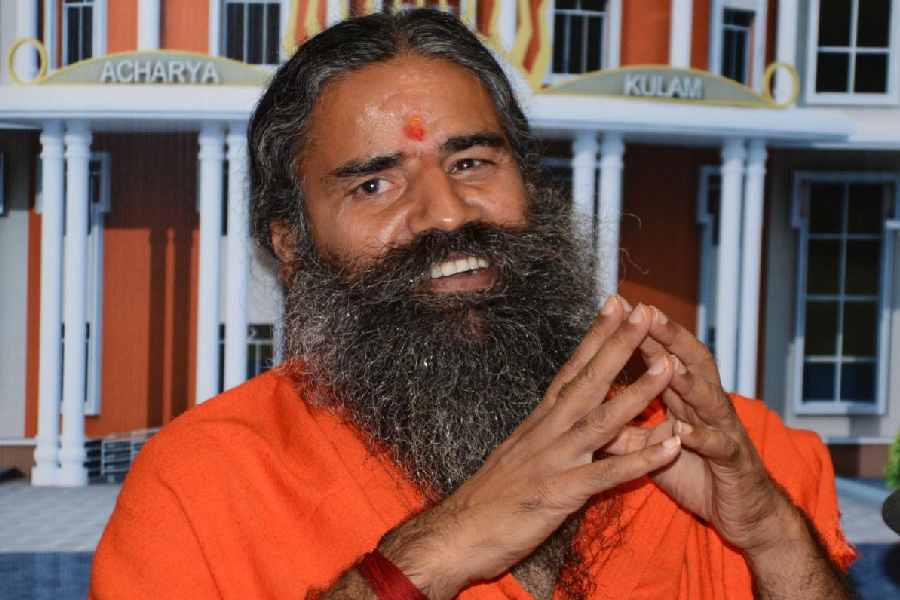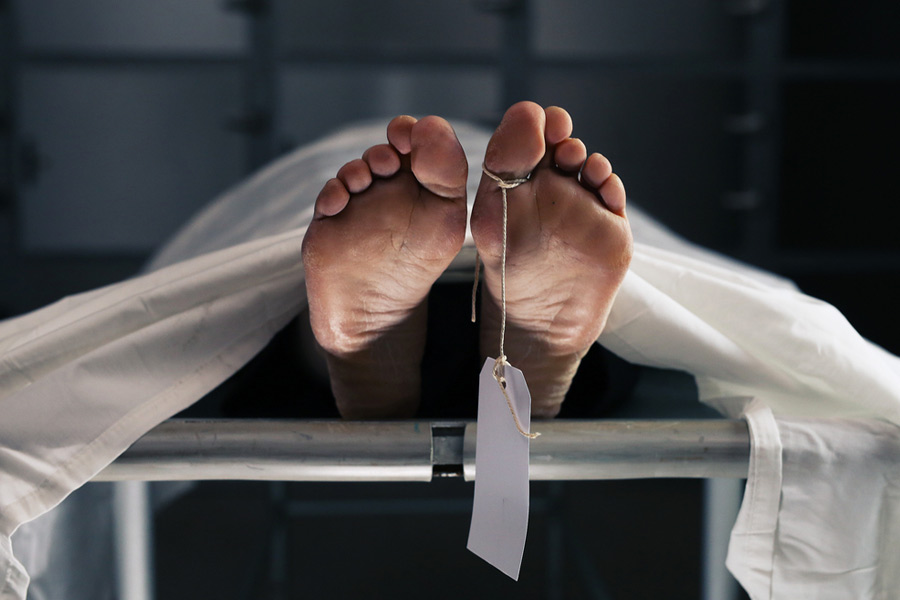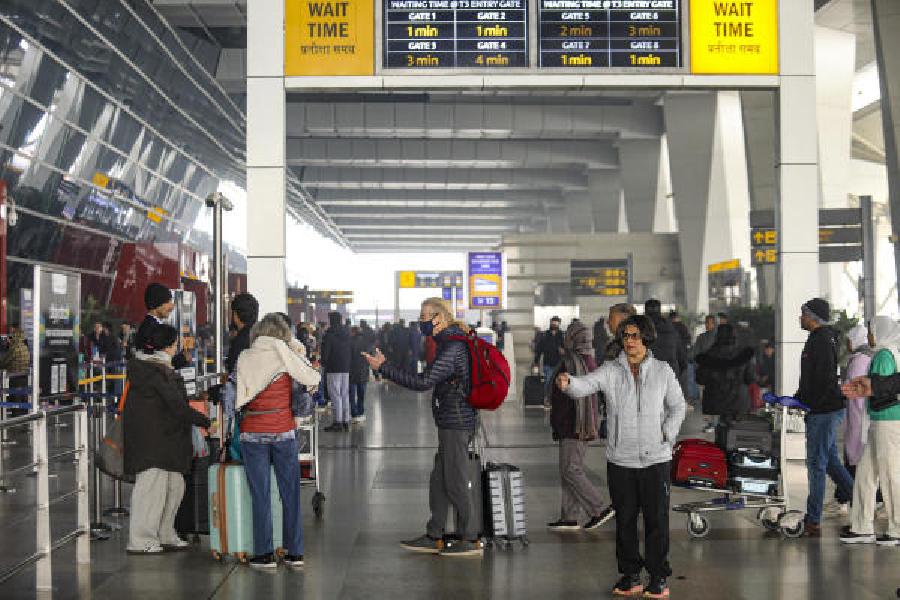-

Looking back: Subhas Chandra Bose
It was the final months of World War II. The Allies were gaining ground and the Germans were in retreat. Subhas Chandra Bose was in the Far East, having left the affairs of the Free India Centre he had established in Berlin in the hands of his deputy, Arathil Candeth Narayan Nambiar.
In April 1945, Bose sent Nambiar a telegram: 'Indian Legionaries must in no circumstances fall into Anglo-American hands without a struggle. If possible, the Legion is to play into Soviet-Russian hands as there is the possibility that the Legion can be further employed, from Moscow, in India's fight for freedom.'
The telegram forms part of hundreds of pages of recently declassified British intelligence files on Nambiar, who was suspected of being a Soviet agent. He was also arrested as a Nazi sympathiser and held in the British-occupied area of Germany in 1945.
The four densely packed files, which have interviews with German officials and prisoners of war, Bose's secretary Mukund Ray Vyas and Nambiar himself, give a detailed account of Bose's days in Germany, his departure to the Far East and the eventual collapse of the Indian Legion in Western Europe.
The declassified documents describe how Nambiar, who was married for some time to Sarojini Naidu's sister, Suhasini Chattopadhyay, went to London in 1919 as a student. In 1924, Jayasurya Naidu, son of Sarojini Naidu, asked him to come to Berlin and work as a journalist there. In Berlin he met Virendra Nath Chattopadhyay, brother of Sarojini Naidu. Virendra was married to Agnes Smedley and both were active in the Communist movement.
Nambiar met other Indian communists in Berlin and started working with them, writing for several newspapers in India including the Daily Mail in Bombay, The People newspaper from Lahore and Forward from Calcutta. In 1929 he visited Moscow as a Soviet 'guest'. When the Nazis came to power, he was arrested and imprisoned for six weeks. He was then asked to leave Germany, as he was a known Communist sympathiser.
In July, 1933, Nambiar first met Subhas Chandra Bose in Prague. In 1934, he went to Vienna at the request of Jawaharlal Nehru to see his wife Kamala who was in hospital. There he saw Bose again and met Emilie Schenkl, Bose's 'love interest'.
In 1941 Bose made his dramatic escape to Germany. He was looking to raise support for his cause from Indians based abroad. Bose travelled to France to meet Nambiar for this and persuaded him to come to Germany and join his movement. Nambiar was convinced and was escorted to Germany, where he and a few others swore allegiance to Bose. Bose was at this time using his false Italian passport and the name Orlando Mazotta.
The file contains Nambiar's narration of Bose's escape from India in disguise, confirming that the Russians knew who he was when they allowed him to travel to Germany.
On November 1, 1941, the Free India Centre set up office in Berlin in a large house with eight bedrooms with four secretaries, including Schenkl. 'It was an open secret that Bose was carrying on with her,' said Vyas, according to the files.
The files revealed that the German foreign office set up a special India department in a gigantic villa at the Kurfurenstrasse. About 30-35 diplomats were employed to help in India's freedom struggle, and enjoyed a fine lifestyle with 'big cars, best of food', etc. Regular tea parties, paid for by the German foreign office, were held at the plush Hotel Kaiserhoff which became the meeting place for the Indians and Germans. Bose himself lived in a large villa at Sophienstrasse 6.
-

Arathil Candeth Narayan Nambiar
Nambiar gives the details of a meeting between Bose and Hitler on May 28, 1942. When Bose left for the Far East, Nambiar became the leader of the Free India Centre in Europe. The file contains copies of letters from Nambiar to Bose recovered from U-boat 234 after it surrendered. Letters from Schenkl to Bose were also recovered from the boat.
The files capture the start of the Indian Legion, composed of Indian prisoners of war. At the first meeting addressed by Bose, the response was poor. Only three people volunteered. Muslim soldiers were not enthusiastic about joining the League, which eventually swelled its ranks to over a thousand. It also revealed that many Indian legionaries were upset when they were asked to wear German uniforms. They were also not happy when asked to swear allegiance to Hitler and to Bose.
Vyas reveals that Schenkl was not popular with the members of the Free India Centre. 'Many members, including myself, expressed their disgust at the behaviour of Miss Schenkl towards the Indian members of the FIC,' says Vyas. 'It was clear that Subhas Bose was reluctant in dismissing Miss Schenkl, but on account of the strength of opposition against her in the FIC he finally decided to send her away.' Schenkl left Berlin in August, 1942. Bose told Vyas she would spend her time in translating his book Indian Struggle into German. She returned to Berlin briefly in early 1943 before Bose left for the Far East.
Nambiar tells his captors about the birth of Bose's daughter and reveals that 'a very prominent person' in India knew about the baby. To which there is a comment from the intelligence officer that the person was probably 'Pandit Nehru, who undoubtedly knows the main facts.' The files refer to Schenkl as Bose's 'companion and secretary'.
After Indian Independence, Nambiar went on to hold important positions as Indian ambassador to Sweden and West Germany. He eventually returned to Switzerland on grounds of ill health and opted for a job as the European correspondent of a newspaper.

